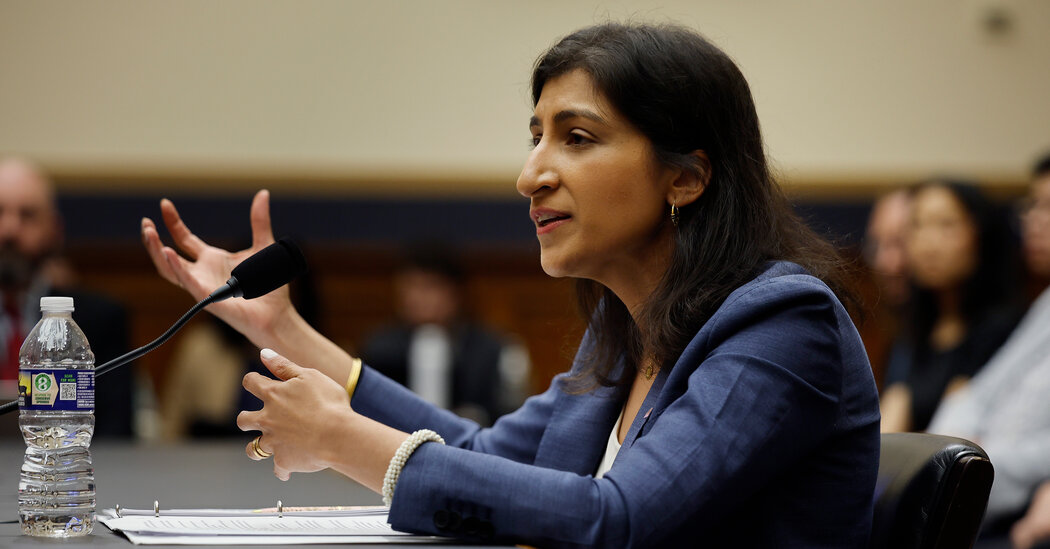An escalation of the war in Gaza could lead to the deaths of 85,000 Palestinians from injuries and disease over the next six months, in the worst of three scenarios that prominent epidemiologists have modeled in an effort to understand the potential future death toll of the conflict.
These fatalities would be in addition to the more than 29,000 deaths in Gaza that local authorities have attributed to the conflict since it began in October. The estimate represents “excess deaths,” above what would have been expected had there been no war.
In a second scenario, assuming no change in the current level of fighting or humanitarian access, there could be an additional 58,260 deaths in the enclave over the next six months, according to the researchers, from Johns Hopkins University and the London School of Hygiene and Tropical Medicine.
That figure could climb to 66,720 if there were outbreaks of infectious disease such as cholera, their analysis found.
Even in the best of the three possibilities that the research team described — an immediate and sustained cease-fire with no outbreak of infectious disease — another 6,500 Gazans could die over the next six months as a direct result of the war, the analysis found.
The population of the Gaza Strip before the war was roughly 2.2 million.
“This is not a political message or advocacy,” said Dr. Francesco Checchi, professor of epidemiology and international health at the London School of Hygiene and Tropical Medicine.
“We simply wanted to put it at the front of people’s minds and on the desks of decision makers,” he added, “so that it can be said afterward that when these decisions were taken, there was some available evidence on how this would play out in terms of lives.”
Dr. Checchi and his colleagues estimated the projected excess deaths from health data that was available for Gaza before the war began and from that collected through more than four months of fighting.
Their study considers deaths from traumatic injuries, infectious diseases, maternal and neonatal causes, and noncommunicable diseases for which people can no longer receive medication or treatment, such as dialysis.
Dr. Checchi said the analysis made it possible to quantify the potential impact of a cease-fire in lives. “The decisions that are going to be taken over the next few days and weeks matter hugely in terms of the evolution of the death toll in Gaza,” he said.
The projected 6,500 deaths even with a cease-fire is predicated on the assumption there will not be epidemics of infectious disease. With an outbreak of cholera, measles, polio or meningitis, that figure would be 11,580, said Dr. Paul Spiegel, an epidemiologist at the Johns Hopkins Bloomberg School of Public Health and an author of the research, which has not been peer-reviewed.
“The point there is even with a cease-fire, we’re not out of the woods whatsoever,” he said. “There’s still a significant number of deaths, and that needs to be prepared for.”
While it is obvious that a military escalation would bring additional casualties, he added, policymakers should be cognizant of the range in the number of deaths that these scenarios indicate.
“We hope to bring some reality to it,” Dr. Spiegel said. “This is 85,000 additional deaths in a population where 1.2 percent of that population has already been killed.”







